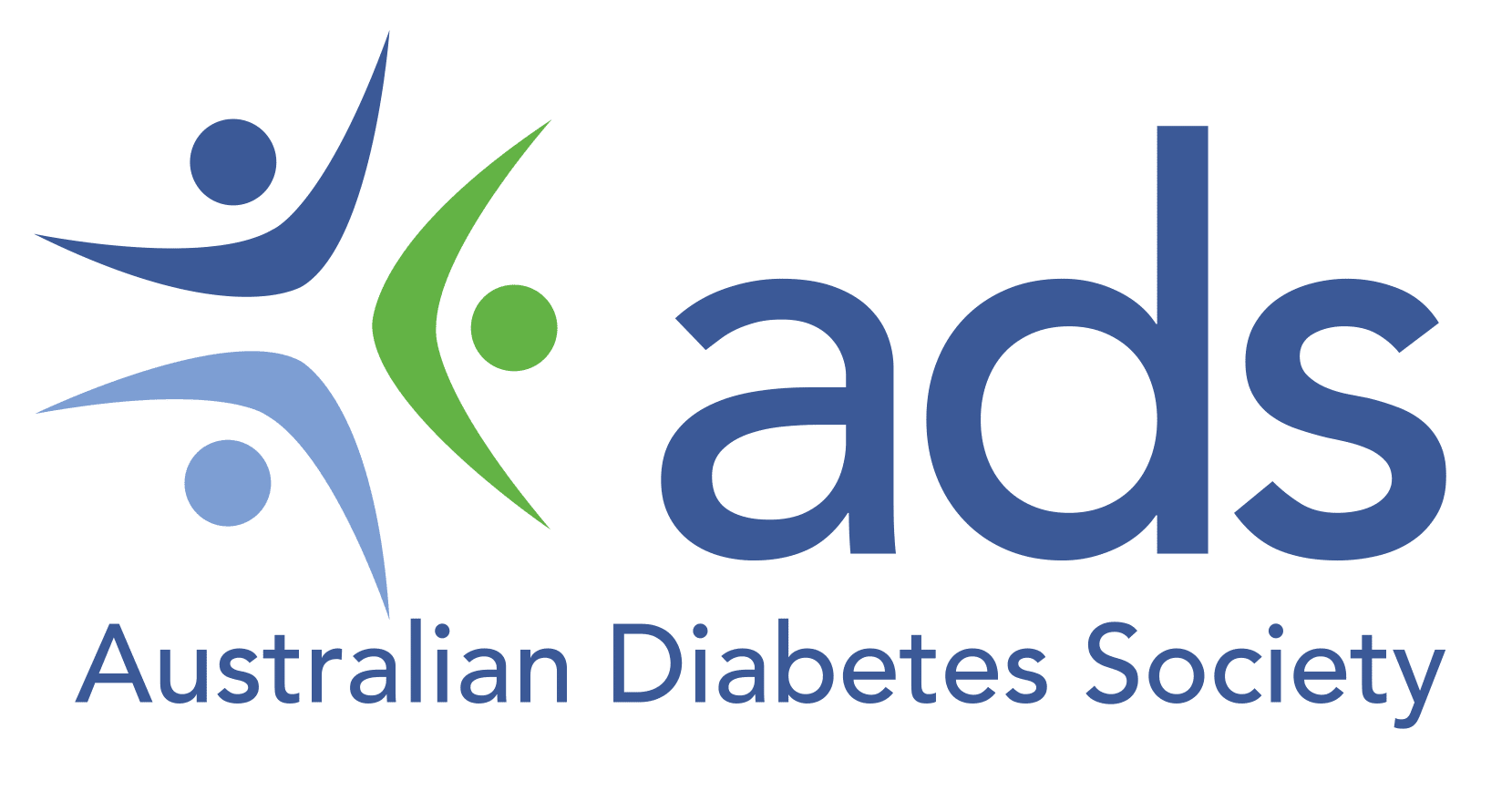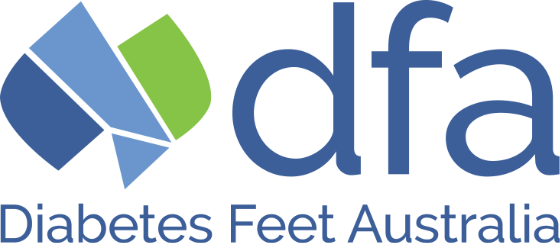Summary
Guidance concerning the use of glycated haemoglobin (HbA1c) for the diagnosis of diabetes mellitus Position Statement
The use of glycated haemoglobin (HbA1c) for diagnosis of diabetes mellitus has been accepted by Medicare for reimbursement. The Position Statement “Guidance concerning the use of glycated haemoglobin (HbA1c) for the diagnosis of diabetes mellitus” has also been published in the MJA on 20 July 2015. Click here to view the document in MJA.(https://www.mja.com.au/journal/2015/203/2/guidance-concerning-use-glycated-haemoglobin-hba1c-diagnosis-diabetes-mellitus)
Like any test, the use of HbA1c for the diagnosis of diabetes mellitus has its strengths and weaknesses. It is important for practitioners to be aware of its potential short comings as well as correctly interpreting a positive and a negative result. The aim of this position paper is to provide a succinct summary of how to optimally use the test to diagnose patients. The test represents an important advance and it is hoped that the guidance provided by this Position Statement will assist health practitioners to use the test effectively.
Position Statement
Download the full version of the ‘Guidance concerning the use of glycated haemoglobin (HbA1c) for the diagnosis of diabetes mellitus ADS Position Statement ‘ – PDF (Posted: May, 2023)
Download the Press Release Statement on ‘Guidance concerning the use of glycated haemoglobin (HbA1c) for the diagnosis of diabetes mellitus ADS Position Statement ‘ – PDF (Posted: July, 2015)
View and download the new HbA1c Conversion Table
ADS Recommendations for the use of HbA1c for the Diagnosis of Diabetes
HbA1c is now acceptable as a diagnostic test for diabetes. The threshold for diagnosis is at an HbA1c level of 6.5%. The existing glucose criteria for the diagnosis of diabetes remain valid as well.
The criteria for the diagnosis of diabetes are now:
- HbA1c ≥6.5% (48 mmol/mol)
- Fasting glucose ≥7.0 mmol/L
- Random glucose ≥11.1 mmol/L
- On a 75 g oral glucose tolerance test: fasting glucose ≥7.0 mmol/L or 2 hr glucose ≥11.1 mmol/L
In an asymptomatic patient the test should be repeated for confirmation of the result and diagnosis. An abnormal result on 2 different diagnostic tests is also acceptable. For full details of the recommendation of HbA1c for the diagnosis of diabetes, including situations where the HbA1c is unreliable, go to https://www.mja.com.au/journal/2012/197/4/role-hba1c-diagnosis-diabetes-mellitus-australia.



